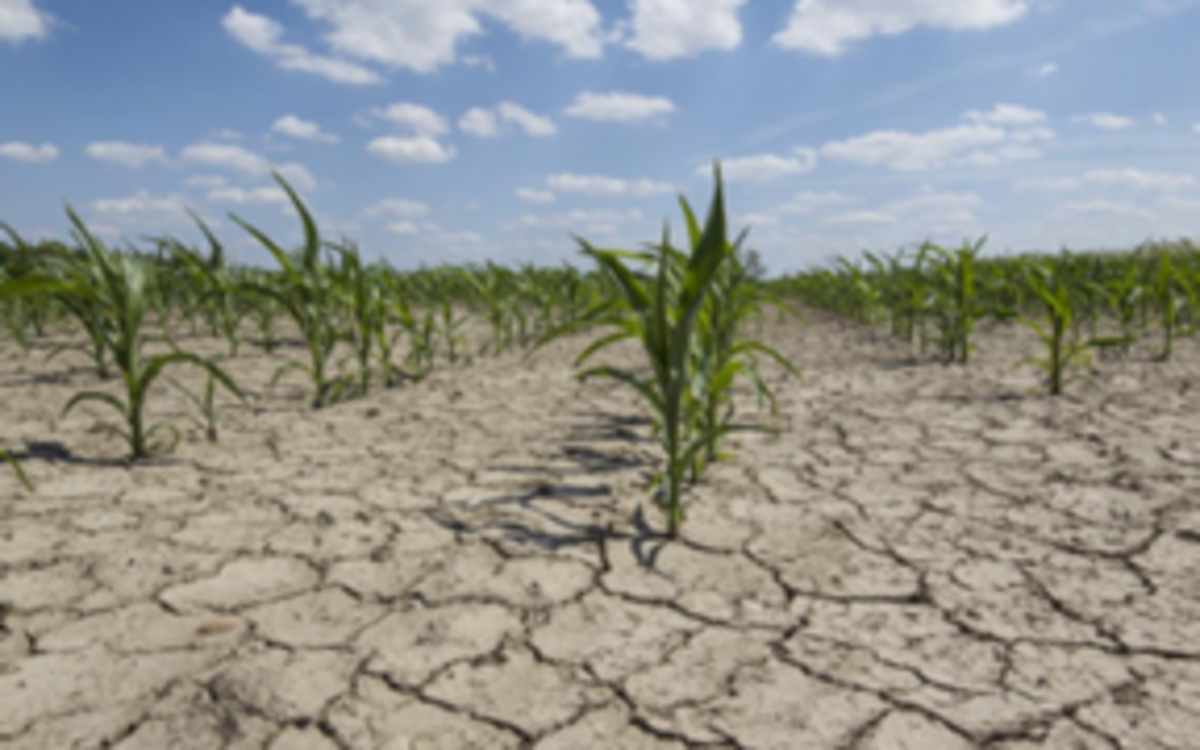Soil erosion is the biggest threat to soil fertility and productivity, but the consequences do not stop there.
A recent JRC study combined biophysical and macroeconomic models to determine direct and macroeconomic costs of soil erosion, and the results are striking.
At EU level, soil erosion affects over 12 million hectares of land – about 7.2% of the total agricultural land – and leads to €1.25 billion loss in crop productivity.
"The cost of soil erosion is something that does not yet actively figure in economic impact assessments. But our land resources are not infinite and we have to start valuing our soils more because they provide the majority of the food we eat. We have to make more efforts to protect these soils so that they are able to cope with the increasing demand for food," said Panos Panagos, lead author of the JRC study.
Soil erosion has direct and indirect costs.
- Direct costs hit mainly farmers through losses in production, damage to plantations, a decrease of the planting area and the cost of additional nutrients needed to balance the loss of the upper, fertile part of soil.
- Indirect costs of soil erosion are felt by various sectors of the economy and society at large. They include the loss of wildlife habitat and biodiversity, land abandonment, damages to railways, roads and other public infrastructures.
On country level, Italy pays the highest bill with an annual loss of €619 million and 33% of its total agricultural area suffering from severe erosion.
In the Baltic States, Denmark, the Netherlands, Belgium and Ireland land erosion is a lesser problem and hence these countries have incurred smaller economic losses.
"Although soil erosion rates do not yet pose a food security issue in Europe, anti‐erosion measures should continue to be implemented in order to further reduce the current unsustainable erosion rates. Also, further research is needed to quantify the economic loss incurred due to the off‐site effects of soil erosion," Panagos said.
Using a Computational General Equilibrium (CGE) model simulation, the study also calculates the macroeconomic costs of soil erosion.
The net cost of soil erosion in the agricultural sector is about 300 million and in GDP about 155 million. In monetary terms the crop productivity loss is much higher than the loss in agricultural sector and GDP.
This is due to adjustments or adaptations in economc system through trading mechanisms (import/export flows, competitiveness, reallocation of labour and capital between sectors, etc.).
These trading mechanisms mitigate initial losses (crop productivity), as macroeconomic models take them into account.
The study covers 167 million hectares, the total agricultural land of the European Union, and takes into account ten types of crops: maize, barley, rape, soya, sunflower seeds, potatoes, sugar beets, rye, rice, pulses and wheat.
It was carried out in collaboration with University of Basel (CH), University of Milan and Euro-Mediterranean Centre for Climate Change (IT).
Through its common agricultural policy (CAP), the European Union is already tackling the issue of soil erosion in a variety of ways.
For example, in order to receive financial support from the CAP, farmers are obliged to meet certain environmental conditions, including ensuring a minimum soil cover and appropriate land management, such as maintaining hedgerows, to prevent soil erosion.
Rural development programmes, which are also funded through the CAP, can also be used to tackle soil erosion problems, for example here in France.
The study was recently published in Land Degradation and Development Journal.
